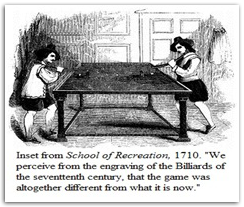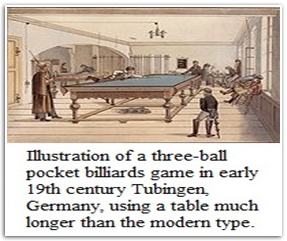
The game of Snooker was invented by Chamberlin in 1875. It was a momentous day when Sir Nevilles Fitzgerald Chamberlain started his own claim, 63 years later which was published in the Field on 19th March 1938. The earliest contemporary reference which can be accurately dated and gives a detailed account of the game of “SNOOKERS” appears in a letter written on 2nd Feb 1886 by Captain Sheldrick from Calcutta. There are additional references which appears to take Captain Sheldrick’s game back to 1884 when it was being played elsewhere amongst the british army in India. We find the next reference to Chamberlain in 1881 BPS 2when he resumed duties with Roberts and Pretyman who were Commanders in Chief and Lieutenant Colonel of Madras army arriving in the hill station of Ooty on 27th / 28th 1881.
Ian Hamilton who arrived in Ooty in 1882 seems to be of the opinion that the game was already established when he arrived.
A letter he wrote to the Filed in 1938 contained the following passage. “I have never doubted that my old friend Sir Neville Chamberlain invented the game of Snooker. I was in at Ootacamund in 1882-84 and there still must be some crowd left who can testify to the belief their current that Snooker owed its birth to Neville Chamberlain fertile brain. Coved the game have existed in Ooty even before Chamberlain arrival just waiting for him to discover it and give it a new name. This is a certainly a possibility.
Ian Hamilton suggests that Snooker was being played at Ooty in June 1882.


INDIAN CLAIM TO FAME
As the alternatives are eliminated, we are left with the hill station of Ooty as the most credible birthplace for the game of “Snooker”. From the Other evidence available to us, we can also date this event almost precisely as being in the last month of 1881. We must dismiss the thought, that the game was already established in Ooty.
CONCLUSION
‘I am yet to find any credible evidence which supports the existence of the game before the timescales offered by Chamberlain or being played in any other part of the world other than India.’
BY PETER AINSNORTH


